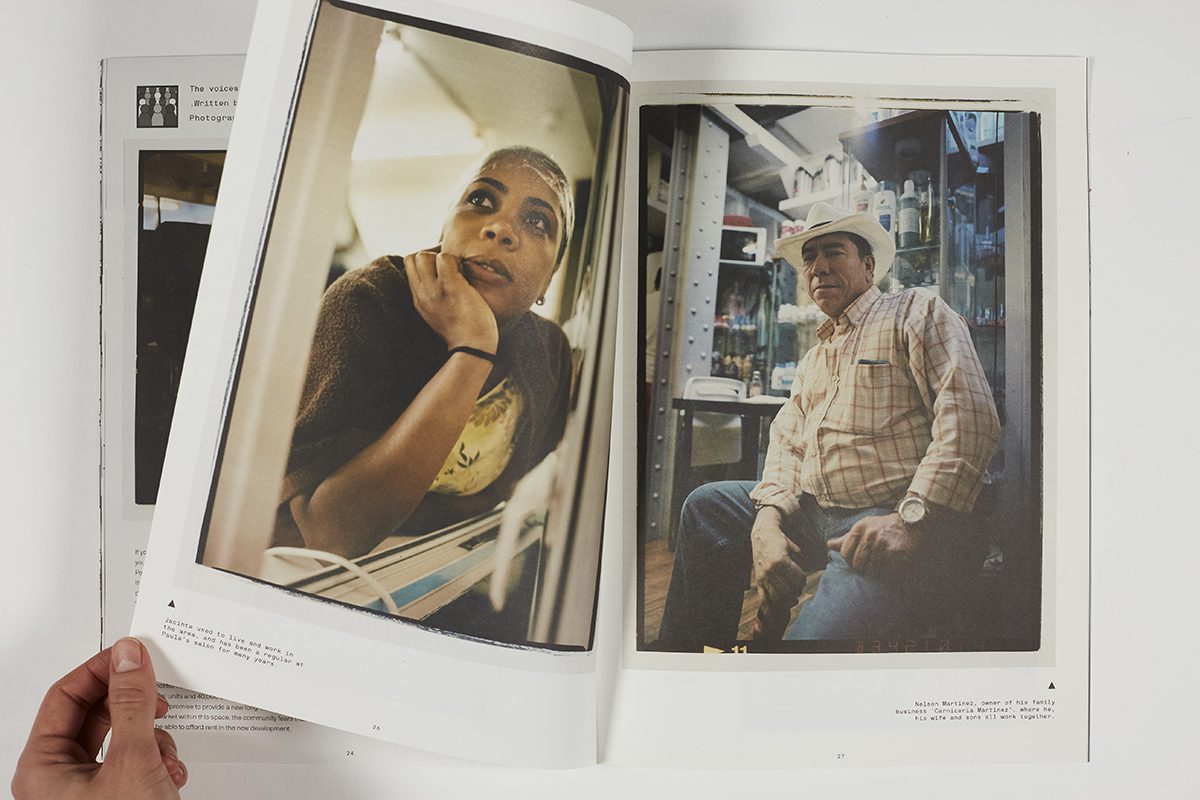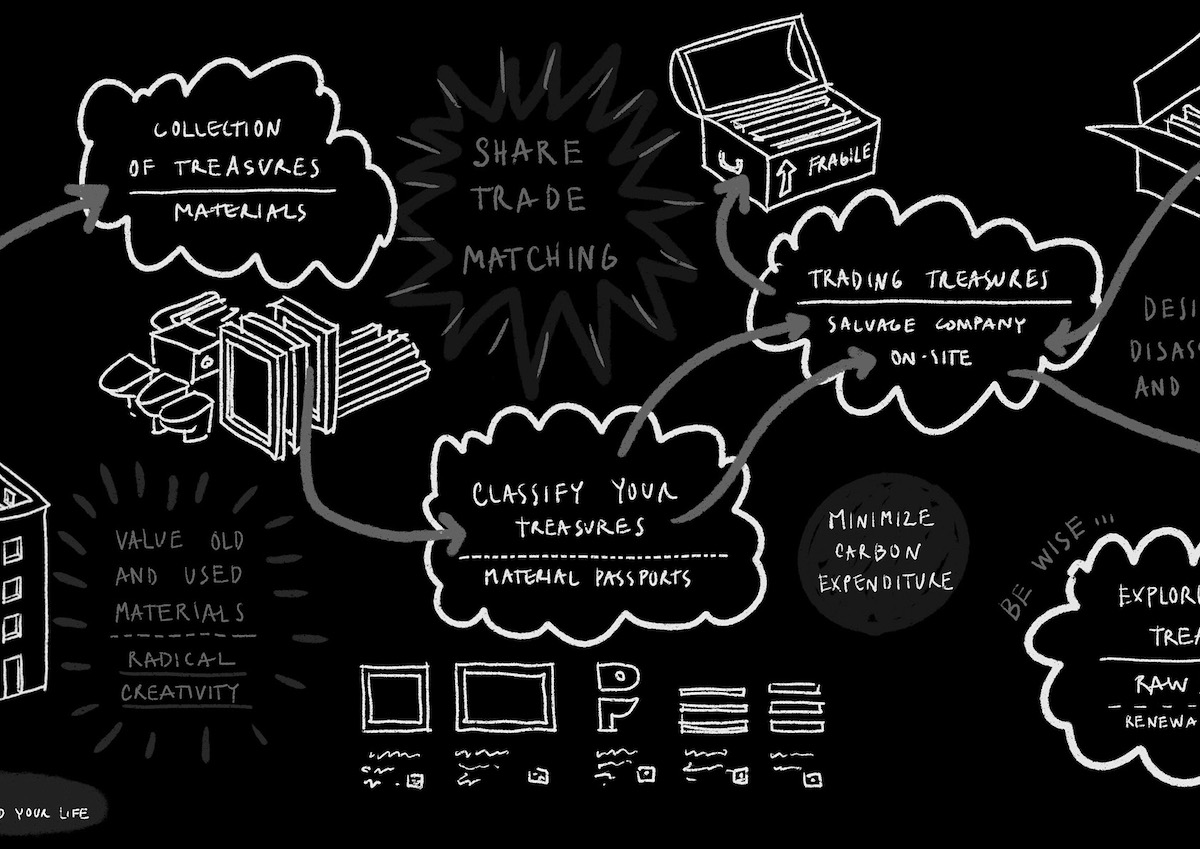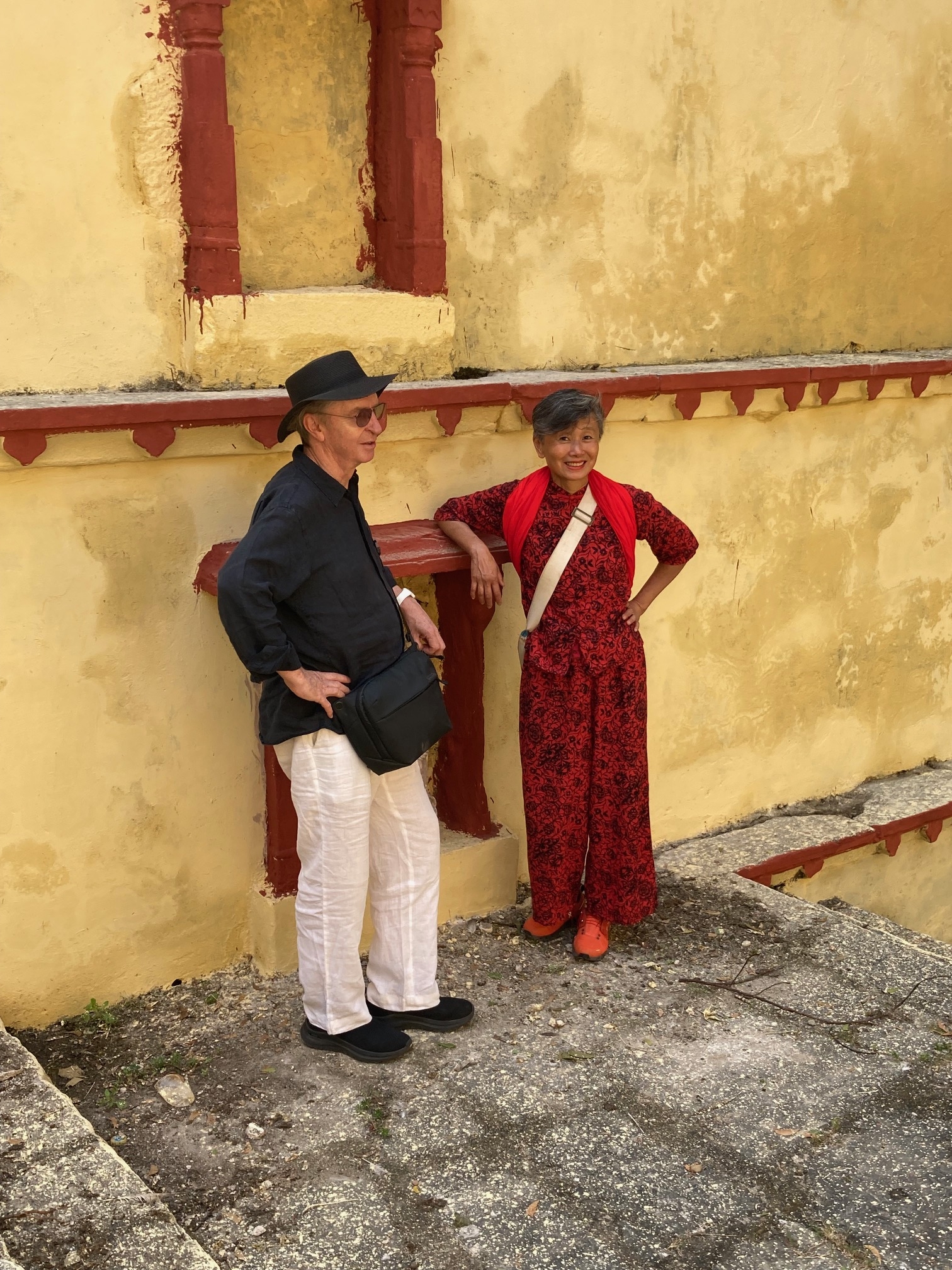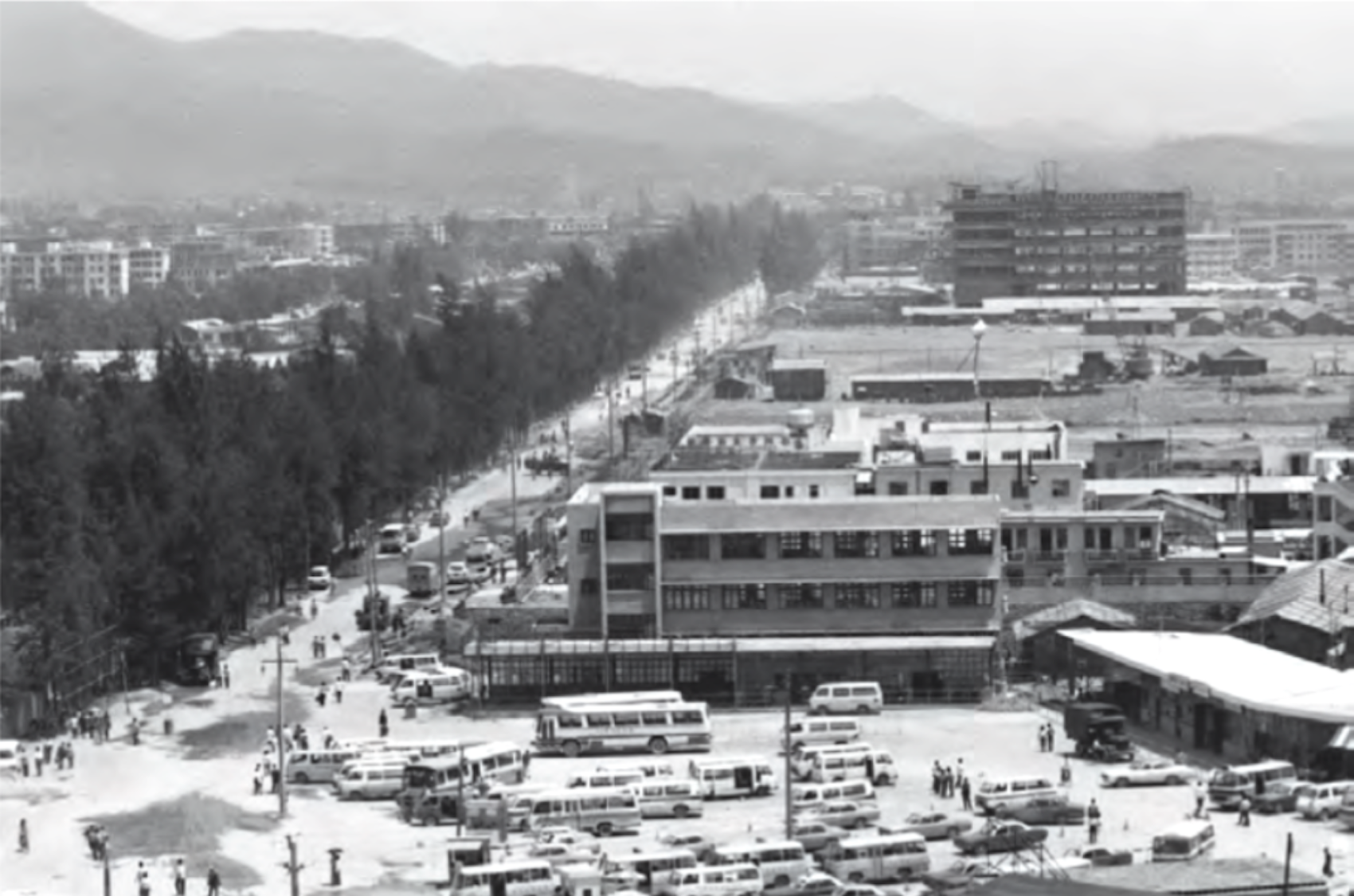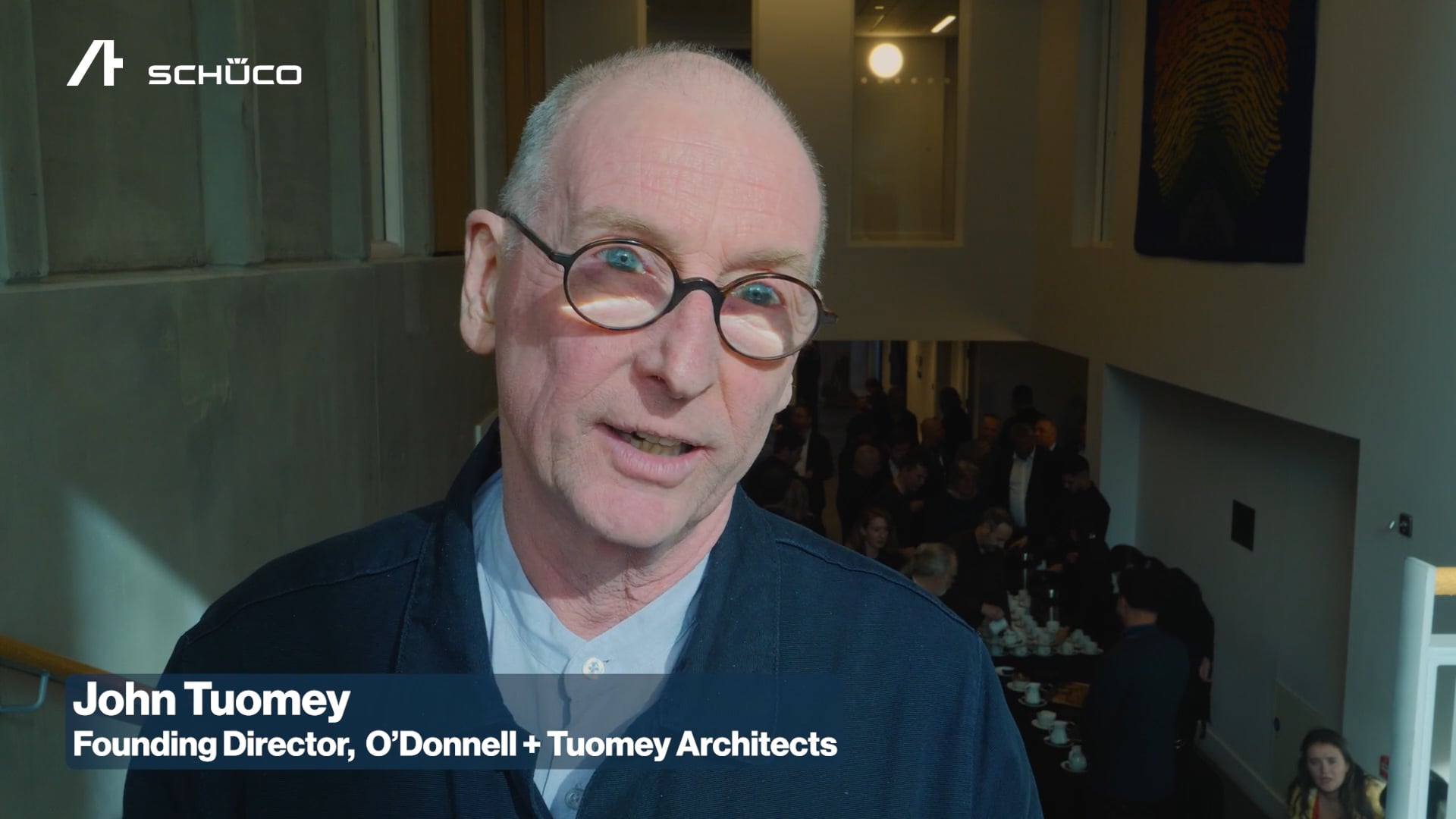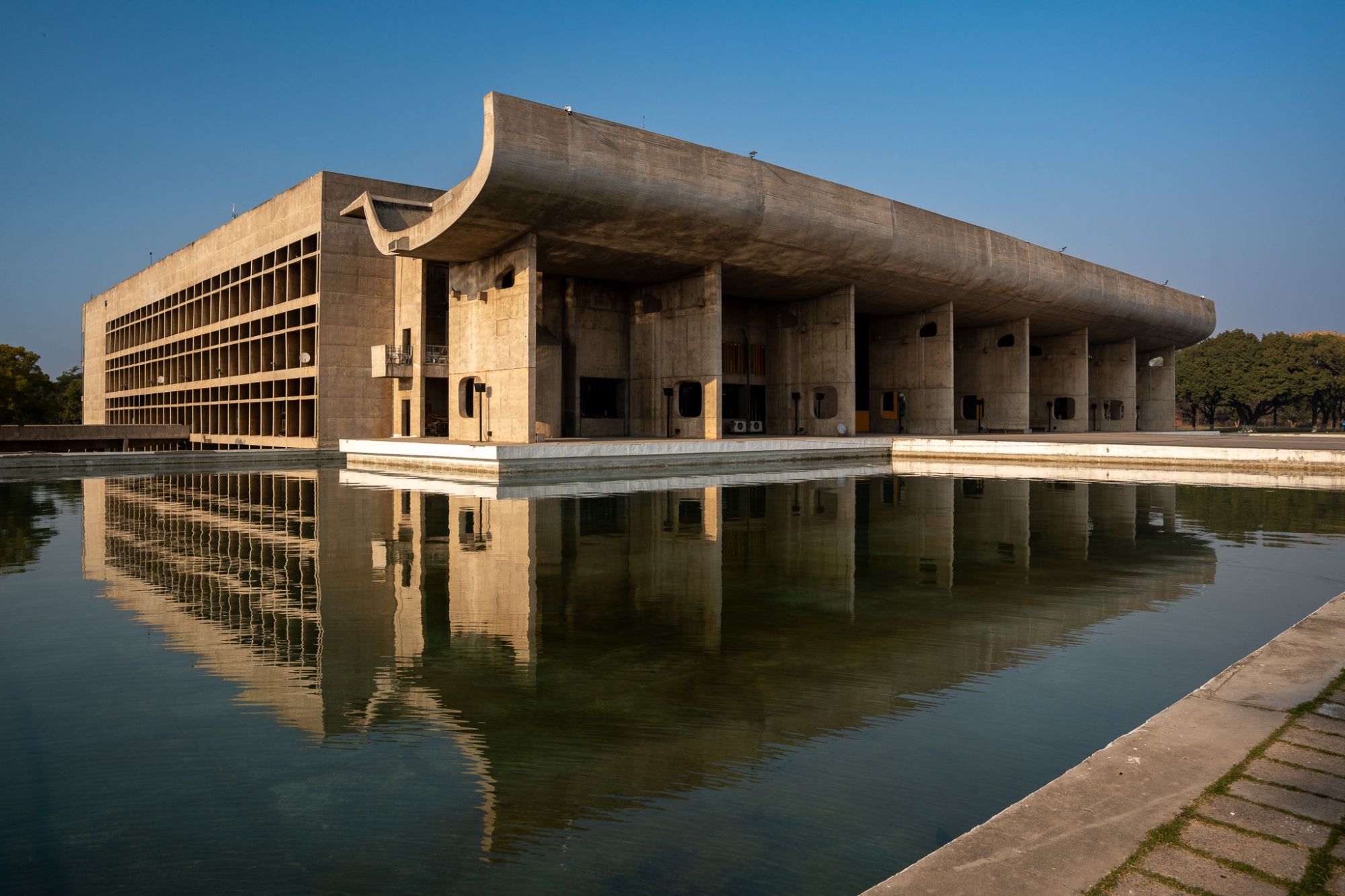Editors behind three new magazines exploring architecture and the built environment explain their approach

There are three beliefs at the core of Eyesore. First, the built environment should be understood only in relational terms as a landscape of connections between living organisms and physical structures. We (re)produce each other and are therefore dependent on each other. Second, if you are a citizen of a built environment, you are an expert on your surroundings. We open our eyes and ears to all who want to speak. Third, those who have spoken the least historically, and who continue to be marginalised in built environment discourse, must be supported and made ascendant.
We started life in 2015 exclusively as a print magazine. We had no idea what we were doing, really. None of us had ever produced a publication before; we had no funding (the magazine remains independent and self-funded). Some of us had only just met each other. Yet as a group we had the right mix of skills and experiences to give the idea a go. We owe a big debt to Tony and Scott – the printing managers at the London College of Communication (LCC) – who listened to us and guided us through the printing process step-by-step.
From start to finish the design and production of the magazine is in our hands. Quality and affordability is what we strive for. This is why we opted for offset printing, as it allowed us to produce more but sell for less. We’ve learned to reduce costs by introducing more black and white sections.
Once printed, we all spend a week folding, cutting, stapling, boxing and posting the magazines around the world. Although we are no longer exclusively a magazine, our core purpose remains to document and communicate experiences and narratives of built environments around the world. The process of archiving and sharing is fundamental to who we are. It is also what print does best.
In this age of emergencies, where tadpole attention spans and ultra-hyper-digital-connectivity conspire against slow, mindful and reflective work, it is by the printers where we must continue to loiter. Approach without caution, with only a minimal respect for time, wallet and sunlight. When the printed pages are in your hands, it all just about makes sense.
Eyesore is produced by a team whose current members are Arman Nouri, David Dawson, Ganesha Lockhart, Michael Price, Nina Vukadin and Theodore Plytas. Further information is at eyesore.co.uk. (Portrait ph: Alex Kurunis).

Growing up in suburban Australia in the early 1990s I fell in love with skateboarding. It was an uncommon practice at the time. Once a month I would buy a skateboarding magazine that came from America and pore over every photograph and sentence for the next 30 days. I would take all my cultural references and inspiration from these pages. Later on I would find other magazines, i-D and Index. They introduced me to worlds I didn’t know existed and allowed me to be a part of them.
When I first came into contact with Tibor, Dominic and Ellena – now my co-founders at Superposition – I had found their magazine Planphase in a small bookshop on one of my first visits to Berlin. It was an architectural magazine and the cover spoke with a tone that made me excited. I read it from front to back. I had been transported into their world. Shortly after I reached out to them because I wanted to be a part of what they were saying, doing and seeing. As I came to know them I saw that same love for what magazines could be. Tibor and Ellena, both architects based in Switzerland, sent me zines they had made on their research trips – cheaply printed but passionately exploring thoughts and observations. Dominic – also a Zurich-based architect – was always telling me what he had just seen or read, an interesting young practice or an article on an artist. What do you think of this? Have you seen that?
Starting Superposition together there is a belief that magazines and printed artefacts are more precious and important than ever. In the constant online news cycle where everything is only relevant for a couple of seconds we feel there is a strong need for discussions and observations that reflect the different layers and histories within the architectural realm. A magazine has the potential to be relevant for a long period of time and so we want to avoid trends and press releases and look at ideas that fall outside the spectrum of the mainstream. We feel that in the margins there is fertile ground for discovery. We want to encourage that intimate relationship one has with a magazine by fostering an inclusive dialogue that allows others to become part of what the magazine is saying, doing and seeing.
Cover and spread from Superposition, and photograph by Filip Dujardin of a project by architect Jan de Vylder, profiled in the first issue. “Superposition is a periodical investigating the human side of architecture”, say the editors. Based in Europe and founded in 2020 by a group of architects and artists – Leo Bettini Oberkalmsteiner, Tibor Bielicky, Max Creasy, Ellena Ehrl and Dominic Kim – the first issue is guest edited by Fredi Fischli and Niels Olsen, with art direction and design by Daly & Lyon. Details at superposition.global.

Involved is a platform born of frustration. Fresh out of university, thrown into the profession, we quickly realised that a lot of bright young people are kept out of meeting rooms, out of debates in the industry, with no platform to make their voice heard. We are often told not to get involved in things beyond our knowledge and experience. Involved gives a voice to those unheard. We wanted to be the bridge between education and practice, and to show how much young people had to give to the industry.
I’d had the idea for Involved for years, but what made it possible was realising how many others were eager to join the discussion. Our ‘kick-off’ meeting was two years ago. We booked a small room at the Welsh School of Architecture, hoping people would turn up. It soon became apparent that we weren’t going to fit everybody in.
Since then, we have been growing with the same ethos and energy in place. When we started Involved, we realised that a lot of architecture students didn’t feel confident in writing their ideas in an article format. So we started collaborating with journalism students, holding regular writing workshops and feedback sessions. Now our contributors are from all over the world, so organising workshops is difficult, but we still discuss every idea and article submitted with our contributors and provide suggestions, feedback and further references.
We have an annual print publication on a chosen theme and an online platform. We release regular open calls for both and have a Facebook contributors’ group where editors suggest topics for those willing to publish their work but unsure what to write about. Both are open for contributions from all, from across disciplines.
For us, printed media is a moment of slowness, of immersion in contrast with the fast and attention-seeking digital world. Having two mediums, digital and print, gives us the opportunity to diversify our content, with shorter weekly articles online, and more in-depth articles on a theme in print. We considered going fully digital a few times, especially during the pandemic, but the feedback we got from our readers showed us how much having an ‘object’ on the shelf or on the coffee table still matters to many.
Of course, the printed media comes with its own – mainly financial – challenges. We were able to print our first issue by crowdfunding on Kickstarter and found the process very rewarding. It means that our readers are also the ones that made the publication happen, and that is something special. We have now released a Kickstarter campaign to fund our second publication, Issue 02: Legacy. It is a very exciting issue and we cannot wait to see it in print. The campaign will be on until the end of September, and we can only go to print if it is fully funded by then, so do make sure to check it out.
Dolunay Dogahan is founder and editor-in-chief of Involved magazine. The publication can be found online at involvedmag.com, and on Twitter at @InvolvedMag_. Supporters of the magazine can contribute via Kickstarter at bit.ly/324BQLV


